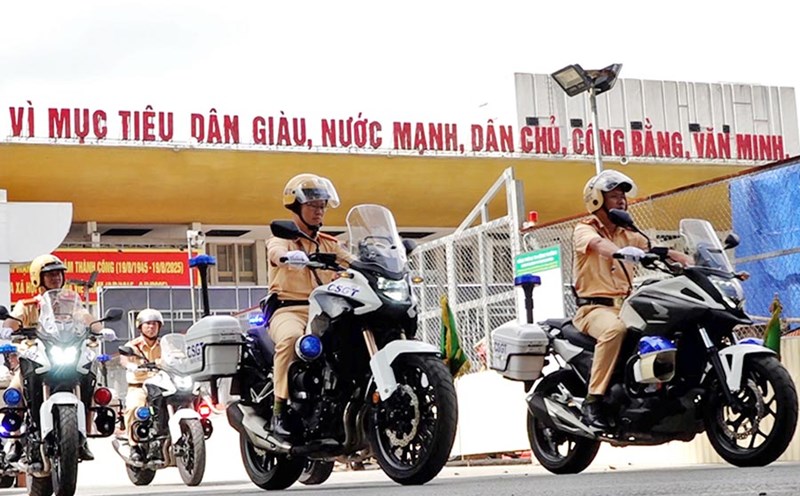Recently, there was a case of Mr. W.C.N (74 years old, foreign player), who suddenly had a heart attack while playing tennis in Hanh Thong ward, Ho Chi Minh City. A nearby medical worker immediately performed an extra- chest coronary heart disease (CPR) and called for emergency care at 115. During the transportation process, CPR techniques were maintained continuously to keep blood circulating to the brain and vital organs.
The patient was admitted to Military Hospital 175 in a state of cardiac arrest and respiratory arrest. The internal red alert is activated. After 45 minutes of cardiopulmonary resuscitation combined with electric shock, the heart beat again. The coronary scans showed that the patient had a complete blockage of the left coronary artery, severe damage to the remaining branches and an emergency stent was placed. He continued to undergo multi-organ resuscitation, body temperature control, blood filtration, brain protection and physical therapy before recovering.
According to MSc. Diep Hong Khang, Deputy Head of the Department of Intensive Care - Anti-Poison, Military Hospital 175, this is a rare case of a patient with prolonged out-of-hospital cardiac arrest who still survives. He emphasized that the decisive factor is the close coordination from on-site emergency care to intervention and recovery in the hospital.
The above case also shows the effectiveness of the pre-hospital emergency model being piloted in Hanh Thong ward. Thanks to a network trained in CPR skills and timely connection with 115, the "golden time" has been fully utilized.
Statistics at Military Hospital 175 show that the unit has saved many patients with cardiac arrest for 10-35 minutes. Experts affirmed that CPR is an important survival skill that needs to be widely disseminated in the community to reduce death from cardiac arrest, drowning or accidents.











